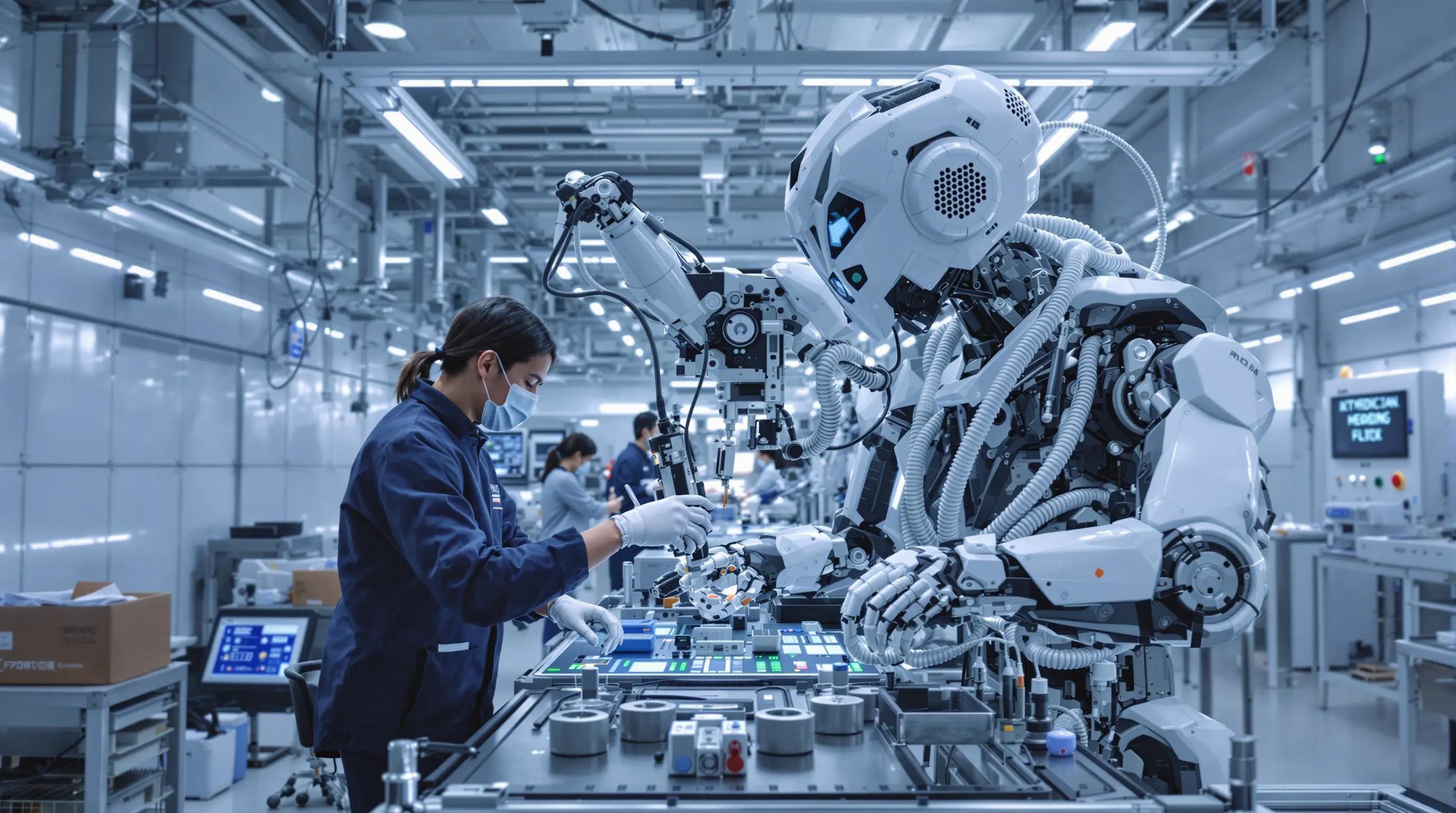June 15, 2024|4 min reading
The Evolution of AI Icons: How Tech Giants Represent Artificial Intelligence

The tech industry is in a fierce race to create an icon that accurately represents artificial intelligence (AI). With Apple recently joining Google, OpenAI, Meta, and others in this endeavor, the challenge lies in finding a symbol that effectively communicates the concept of AI to users. Despite the variety of approaches, a universally recognized AI icon remains elusive.
The Challenge of Defining AI Visually
AI is a multifaceted technology that performs numerous functions yet lacks a tangible form. Companies need an icon that signals to users they are interacting with AI rather than performing standard tasks. The ideal AI icon should be non-threatening, abstract, and simple, avoiding anthropomorphic features to prevent any implication of AI as human-like.
Early Attempts: Robots, Magic Wands, and Wizards
Initial attempts at AI icons included images of robots, wizard hats, and magic wands. These designs, though whimsical, failed to capture the essence of AI. Robots suggested rigidity and lack of personal touch, while magic wands hinted at the inexplicable and mysterious, conflicting with the factual reliability companies wanted to convey.
Modern Approaches: Abstract and Friendly Designs
Contemporary AI icons have gravitated towards abstract shapes with soft, inviting colors. OpenAI's black dot, for example, represents a minimalist approach, whereas Microsoft's Copilot logo is more complex and harder to describe. Many designs incorporate pleasant gradients and pastel colors, aiming to create a sense of friendliness and openness.
Case Study: Apple’s AI Icons
Apple's recent entry into the AI icon race features a circular shape with seven loops, symbolizing Apple Intelligence. Another representation is the lopsided infinity symbol, used for the new Siri. These designs are abstract, yet they struggle to clearly convey the concept of AI to users.
The Significance of Color and Shape
The choice of colors and shapes in AI icons is crucial. Companies often opt for candy colors and soft gradients to make the icons appear approachable and non-threatening. Shapes are typically fluid and continuous, avoiding sharp edges that might suggest rigidity or danger. For instance, Google's AI icon is a symmetrical star with welcoming curves, while Meta uses animated shapes to convey responsiveness and life.
Corporate Design Philosophy
Creating an AI icon involves a blend of strong vision, commercial necessity, and extensive deliberation. Design teams meticulously refine these icons to balance aesthetics and functionality. Despite the effort, the resulting icons often communicate what they are not rather than what they are, distinguishing AI interfaces from email, search engines, and note apps.
The Future of AI Icons
As AI technology evolves, so too will the icons that represent it. The current trend towards abstract, colorful designs may continue, but there is still room for innovation. The ultimate goal is to develop an icon that unambiguously signifies AI, bridging cultural and linguistic gaps in its representation.
Conclusion
The quest for the perfect AI icon reflects the broader challenge of visually defining a technology that is inherently intangible. As tech companies continue to refine their designs, the hope is to create an icon that not only represents AI effectively but also resonates with users globally. Until then, the colorful, ever-shifting blobs will remain a temporary stand-in for the future of artificial intelligence.
By understanding the complexities and considerations behind AI icon design, we gain insight into how tech companies aim to demystify AI for the average user. This ongoing evolution highlights the intricate balance between functionality, aesthetics, and user perception in the digital age.
4o
Explore more

Sora Video Generation Launch: Revolutionizing Creative AI
Discover the groundbreaking Sora video product launch, redefining AI-powered creative tools for global users.

The Race for Artificial General Intelligence: Superintelligence and Society
Explore the debate on artificial general intelligence and superintelligence, featuring expert insights on its possibilit...

NVIDIA and Japan: Driving the AI Revolution in Industry
Explore NVIDIA's role in Japan’s AI revolution, from AI agents to robotics, reshaping industries and powering innovation...
